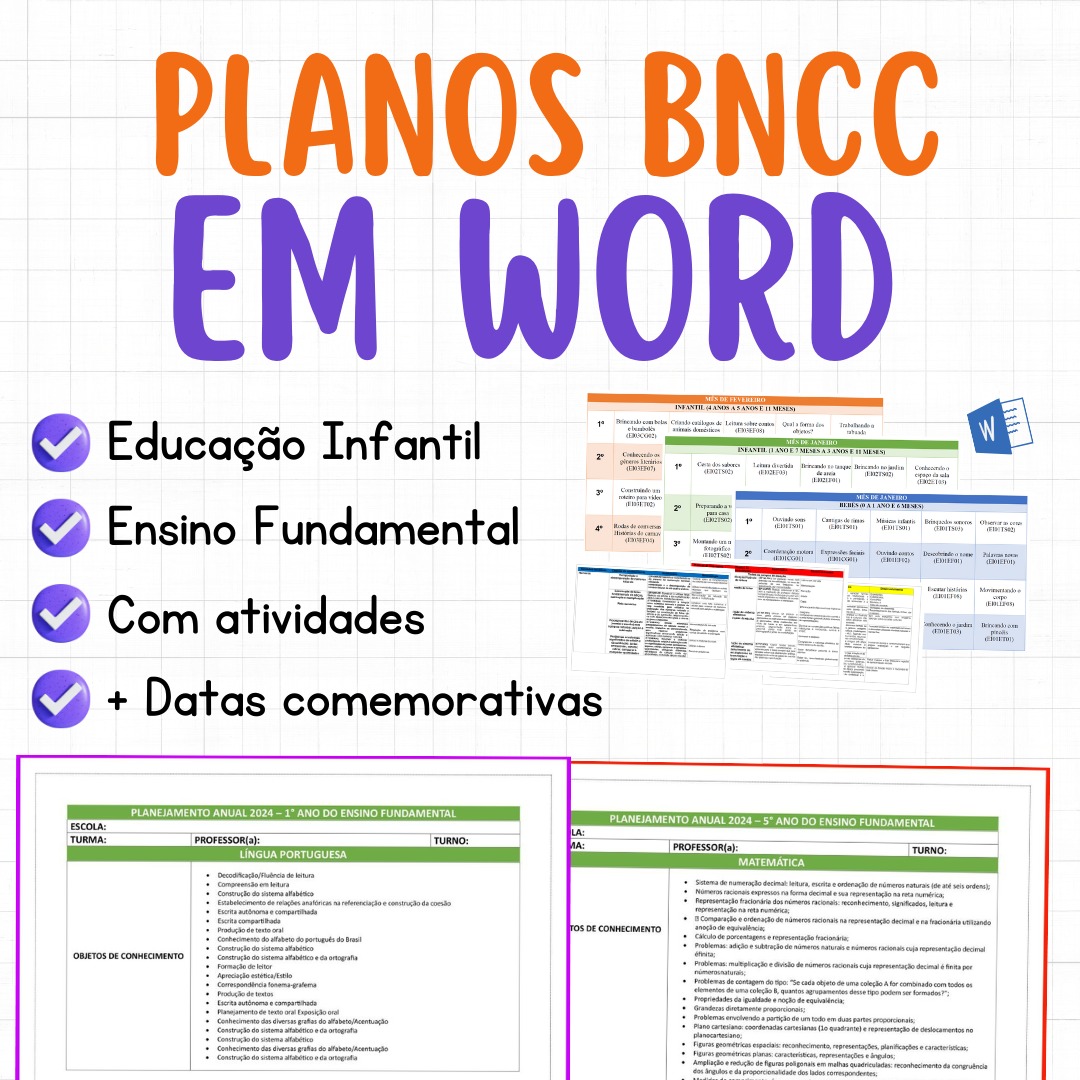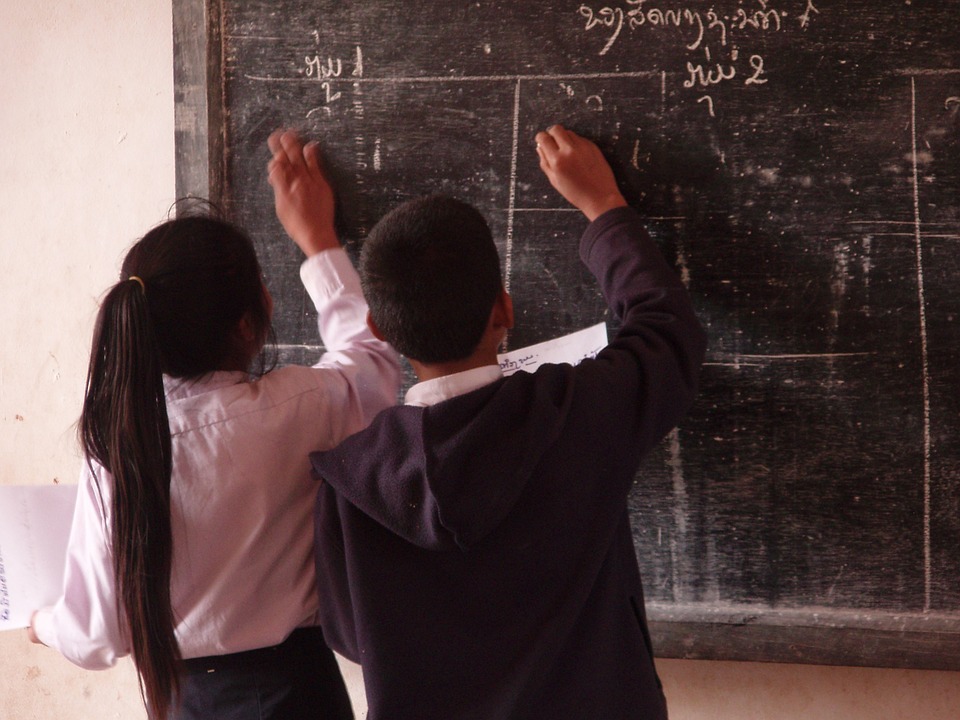1. Objectives
1.1. Main objectives:
– Provide reflection on the topic of acceptance and self-esteem, using the story of the Ugly Duckling as a starting point.
– Stimulate empathy and respect for differences among students.
– Promote discussion about bullying and its consequences in the school environment.
1.2. Secondary objectives:
– Develop students’ creativity through artistic expression activities.
– Encourage active participation of students in the analysis and discussion of the topic.
– Reinforce the importance of valuing diversity and inclusion in society.
2. Introduction
In this class, we will explore the story of the Ugly Duckling as a way to address issues related to acceptance and self-esteem. We will reflect on how individual differences can be valued and respected, in addition to discussing the impact of bullying and exclusion in the school environment.
3. Development
3.1. Review of previous knowledge:
– Start the class by remembering concepts of respect, acceptance and empathy, discussed in previous classes.
3.2. Reading the story of the Ugly Duckling:
– Present the story of the Ugly Duckling to students, highlighting the main points and messages of the narrative.
– Encourage student participation in analyzing the story and identifying similar situations in real life.
3.3. Debate and reflection:
– Promote a group discussion about individual differences and the importance of respecting diversity.
– Address the topic of bullying and its consequences, encouraging students to share experiences and discuss strategies to combat bullying.
3.4. Practical activities:
– Activity 1: Artistic expression
– Ask students to create drawings, poems or other types of artistic expression related to the story of the Ugly Duckling and the messages transmitted.
– Activity 2: Dramatization
– Divide students into groups and ask them to act out parts of the Ugly Duckling story, exploring the characters’ feelings and emotions.
4. Return
4.1. Learning Check:
– Review with students the main messages of the Ugly Duckling story and the reflections made during class.
4.2. Student feedback:
– Ask students to share their perceptions and learnings during class, encouraging dialogue and the exchange of experiences.
5. Homework
- Propose that students write a reflective text about the importance of accepting and valuing diversity in building a fairer and more inclusive society.
6. Conclusion
- End the class by reinforcing the importance of respect for differences, empathy and promoting a welcoming school environment for all students.
- Highlight the relevance of the story of the Ugly Duckling as an inspiration for reflection on topics such as self-esteem, bullying and inclusion.





